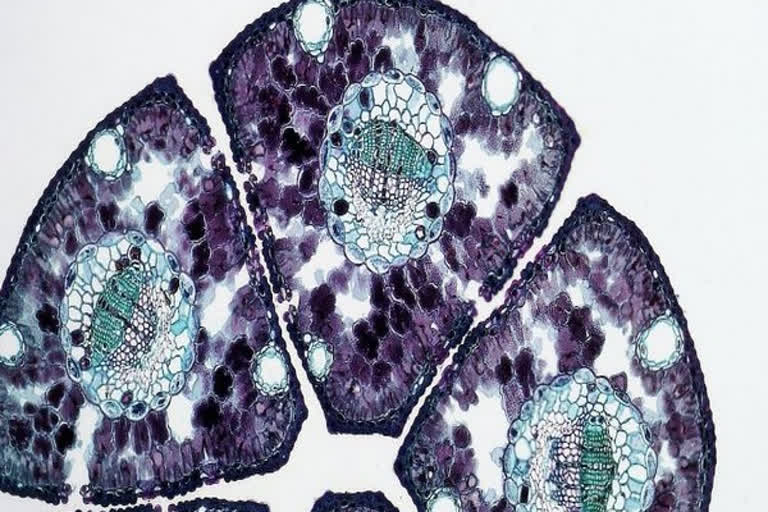Berlin [Germany]: Cells need a steady flow of energy for the bodily functions to go smoothly. The cellular metabolism must adjust during starving periods, when no nutrients are absorbed from food, in order to guarantee a steady supply of energy.
Researchers from the FMP have got new insights into this fundamental mechanism in human cells while examining a rare genetic muscle illness - X-Linked Centronuclear Myopathy (XLCNM). The X chromosome's faulty gene causes this condition, which typically affects boys and causes a skeletal muscle developmental abnormality. Children who suffer from this acute muscle weakness frequently need ventilator support and are wheelchair-bound. Affected people do not live above the age of 10 to 12; in severe cases, they pass away shortly after.
The genetic defect present in this disease affects the lipid phosphatase MTM1. This enzyme controls the turnover of a signaling lipid on endosomes, vesicle-like structures in cells involved in the sorting of nutrient receptors. It was during the study of the structure of mutant human muscle cells from patients that the researchers discovered changes in the Endoplasmic Reticulum (ER), a membrane network that spans the entire cell.
In healthy cells, the ER forms a large interconnected network of "flattened" membrane-enclosed sacs near the nucleus of the cell and narrow tubules in the cell periphery. In diseased cells, this equilibrium is shifted towards the tubules and, moreover, the membrane-enclosed sacs appear perforated. The researchers found a very similar accumulation of narrow ER tubules and perforated membrane-enclosed sacs in starved cells, in which MTM1 was genetically inactivated.
"Muscles are highly sensitive to starvation; their energy reserves are soon depleted. We therefore began to suspect that the defect in cells from XLCNM patients might be related to an incorrect response to starvation," reported Volker Haucke. When cells are starved, amino acid deficiency occurs. As a result, the researchers found, the ER undergoes changes in shape in healthy cells - the outer narrow tubules regress and are converted into flat membrane-enclosed sacs.
